
Initial Notes received from designer

My first thoughts on colour, typography, voice and visuals



First Stages of Logo Inspiration
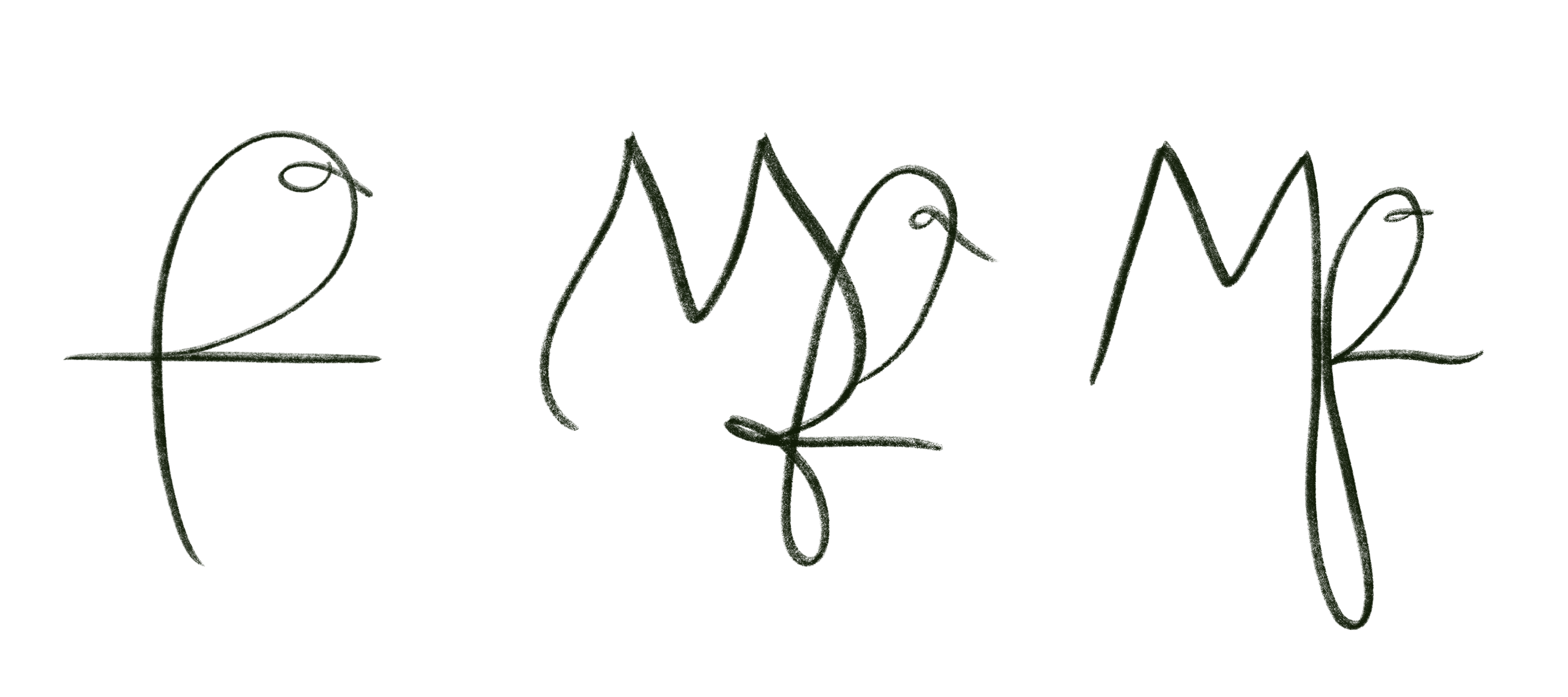
Sketches of logos using the initial MF and a bird for the potential brand name, Maibel & Finch.
Early logo experimentation using Canva.
Initial logo designs drafted using Canva
Ampersand variations
Visual of how the I and E become Isle & Ember's emblem
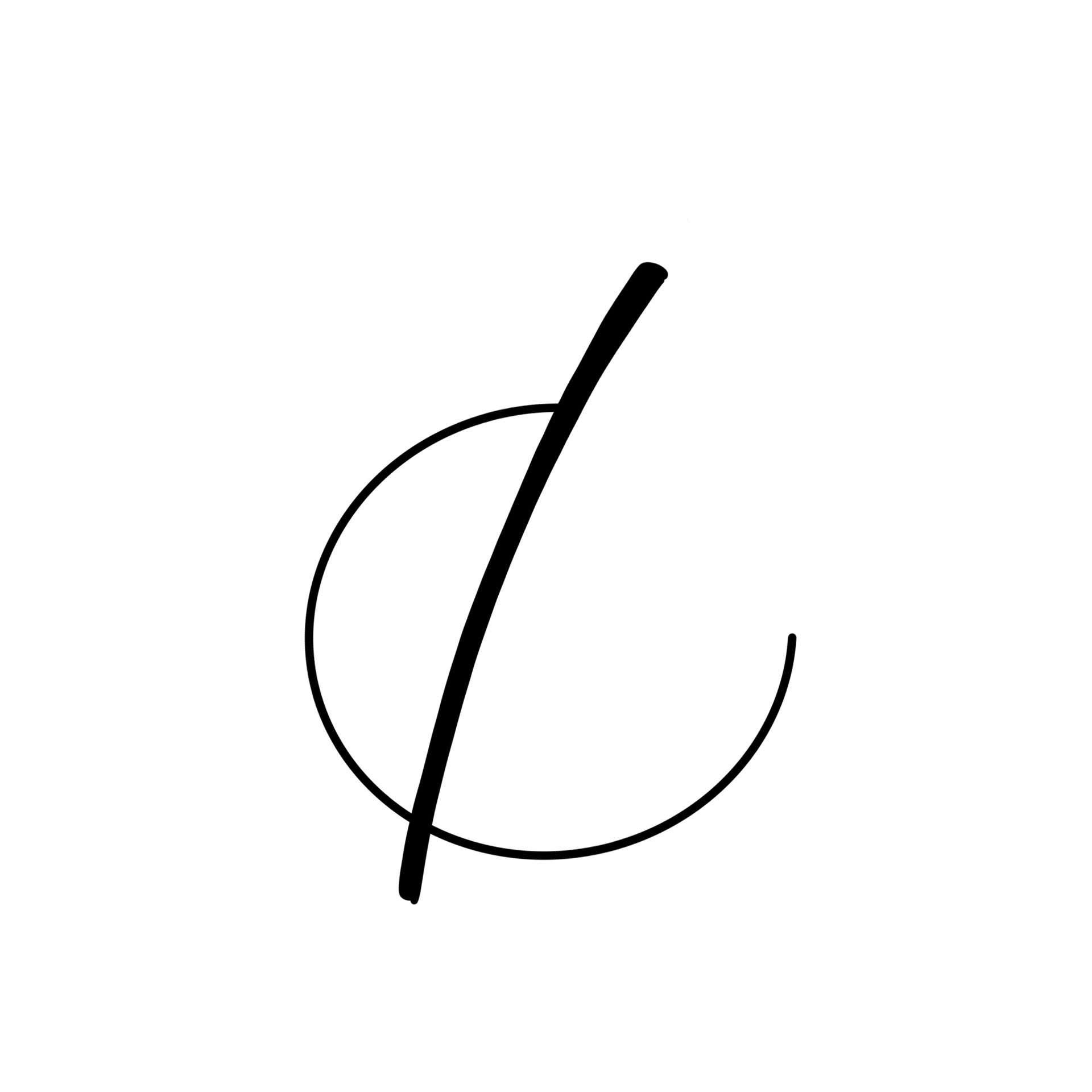


Experimentation with potential fonts from Creative Market
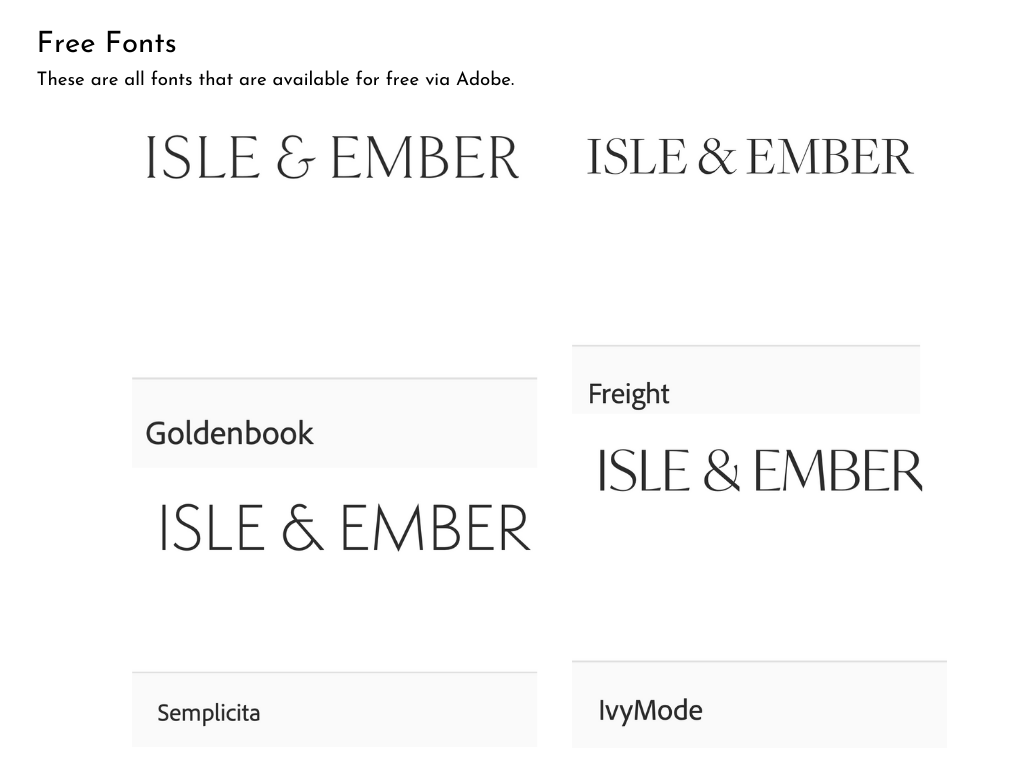
Shortlist of free fonts for potential final logo
Final logo font for Isle & Ember, Adobe Goldenbook.







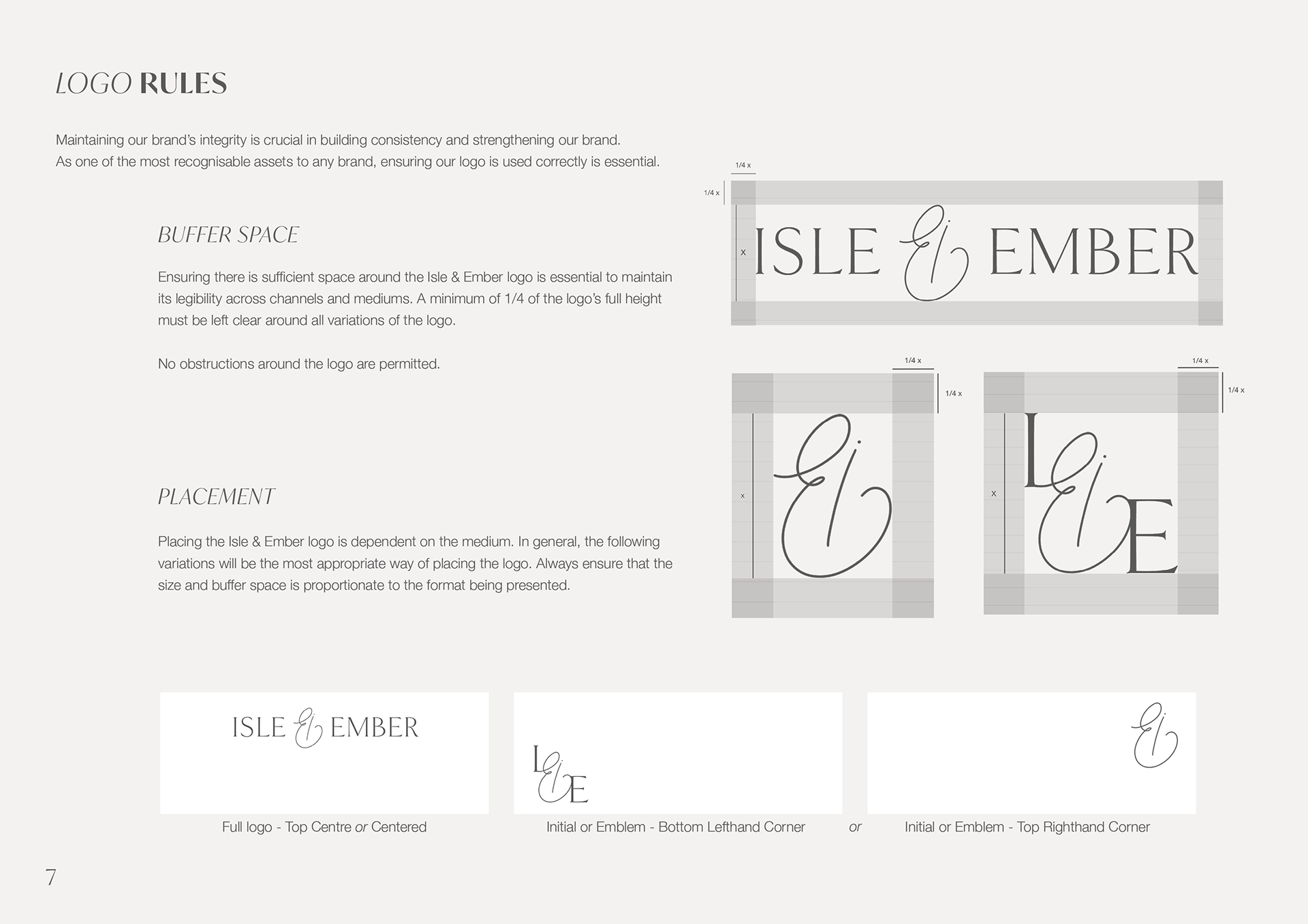
Buffer Space and Placement for final logos

Colour variations for final logos

Alterations and Do not's for final logos
Examples of colour usage for Isle & Ember (extract from final Brand Guidelines)

Helvetica Neue

IvyMode


















A set of photographic rules will allow anyone taking photos for the brand to implement a few core practices to enable the brand imagery to be consistent and in keeping with the overall brand identity.
Based on my own editing of the photography, I created a set of post-production rules including the techniques I used. This will ensure that any editing that takes place will keep the imagery consistent.
Brand guidelines draft layout created using Canva, before finally being made in InDesign (below).





Use of icons to share Brand Values (Idyl)

Use of typography for creating headings on website. Partnering typography with colour. (Idyl)

Irregular Photo Placement and use of white space. (Aligheiri)

Model Shot (Bar Jewellery)
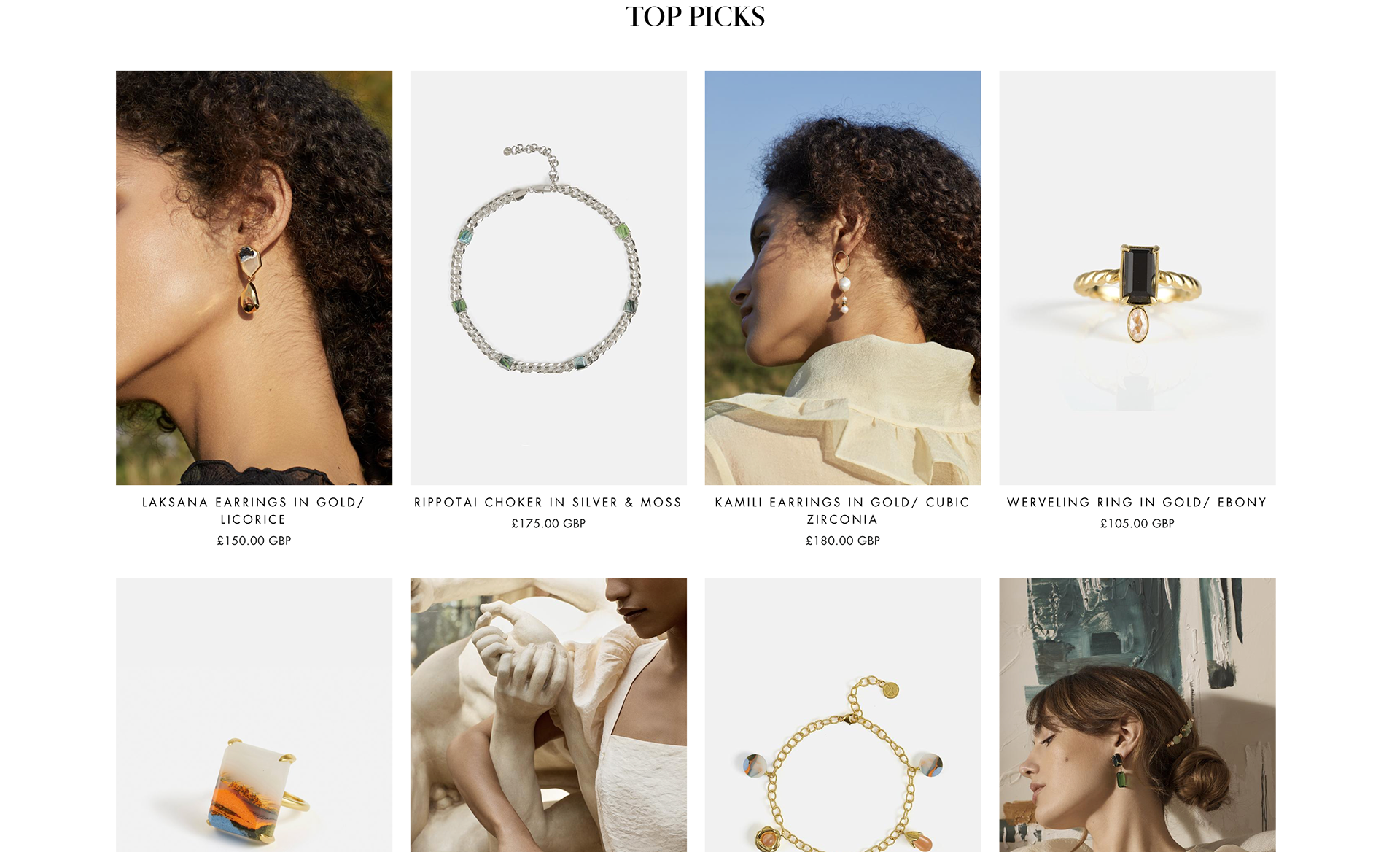
Mixing model images with product shots (Ejing Zhang)

Consistent photographic style and use of textures

Summary of Brand Name (Little by Little)

Split graphic with photograph and coloured background with text (Little by Little)
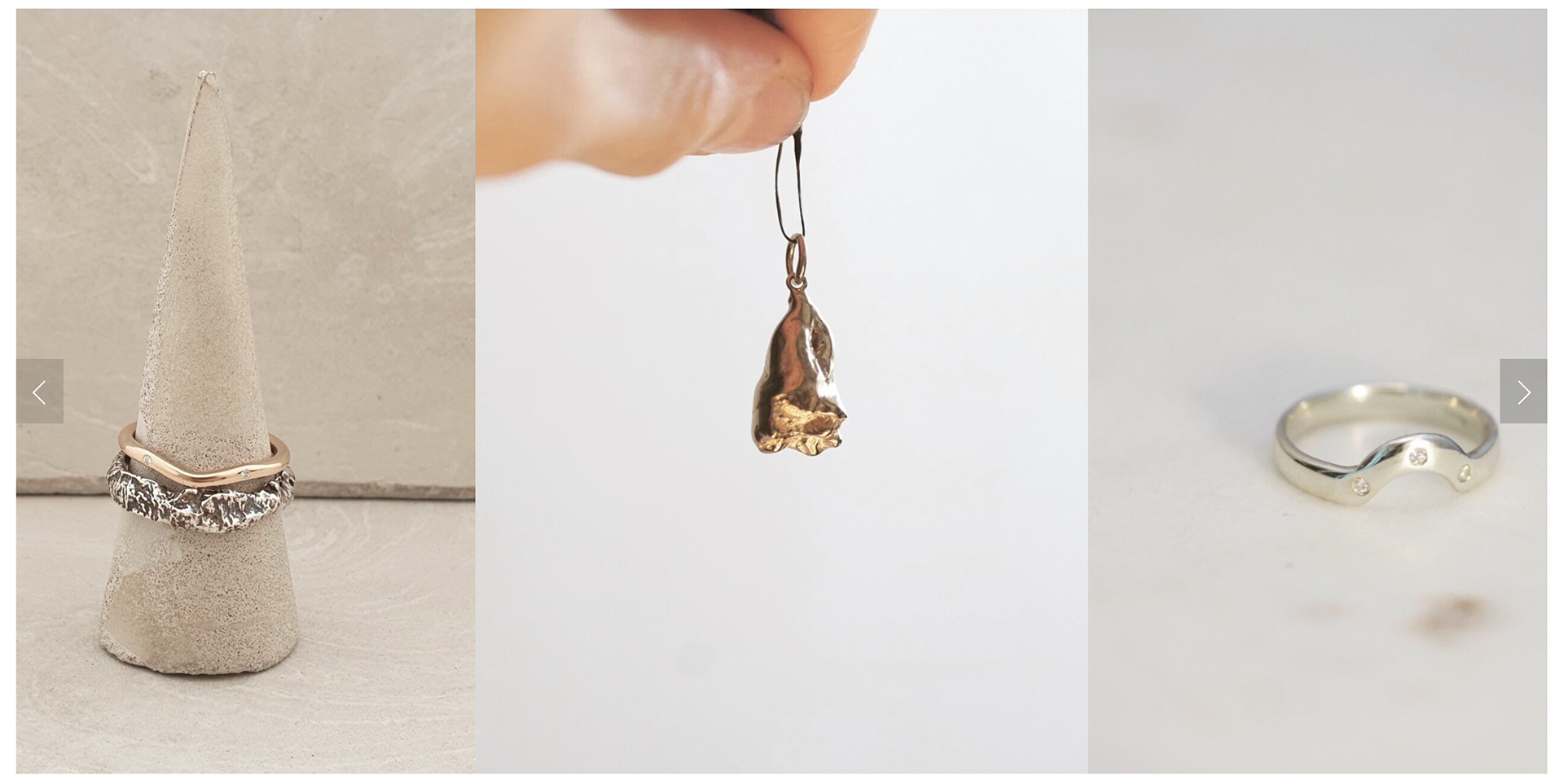
Consistent photographic style and small business (Jodie Metcalfe Jewellery)

Biography for jewellery brand founder (Ejing Zhang)

Meet the Makers section (Vashi)

The Squarespace template 'Anise' helped me to create the wireframes for the website prototype.

Image placement for Anise template
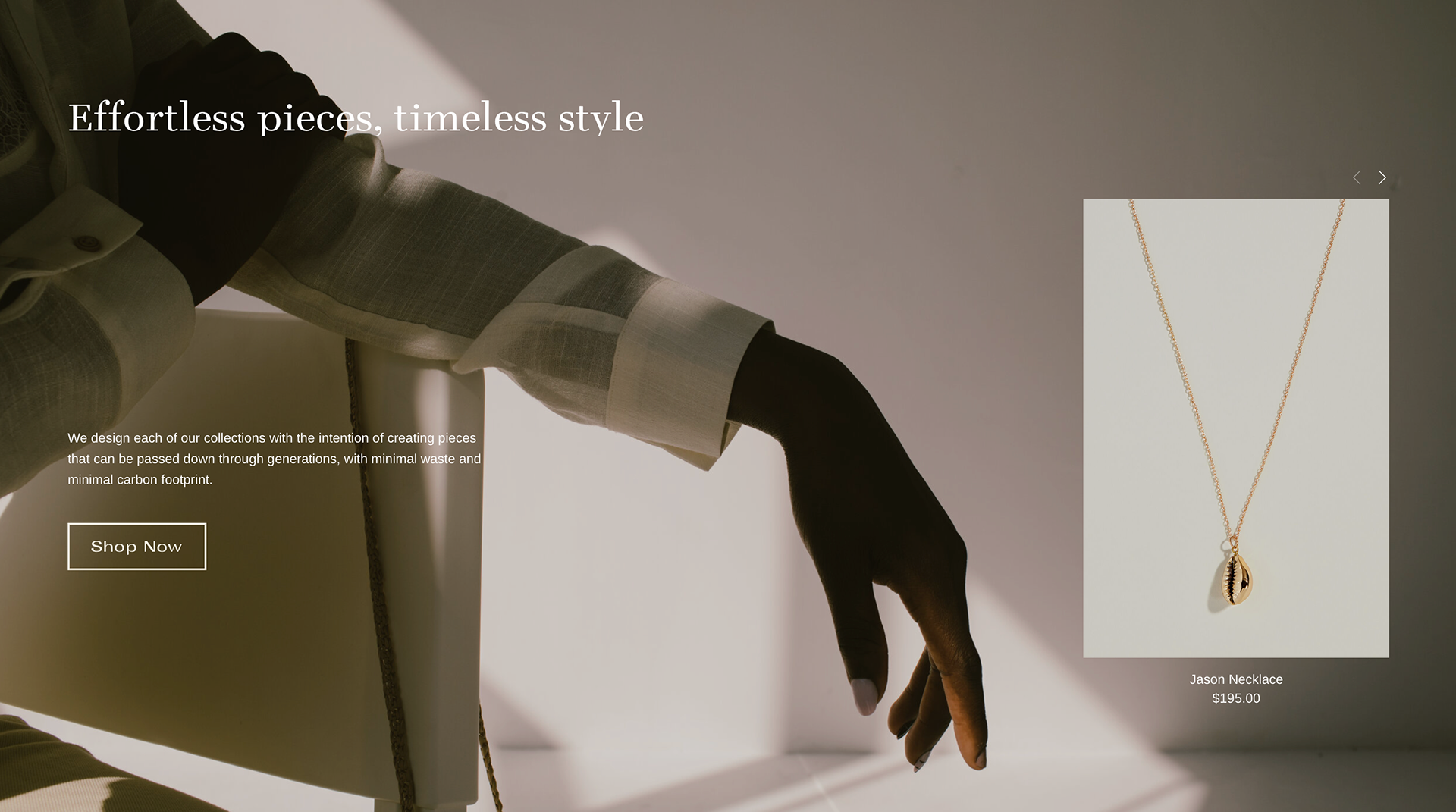
Use of background imagery and shop now buttons

Instagram / social media linked to the website


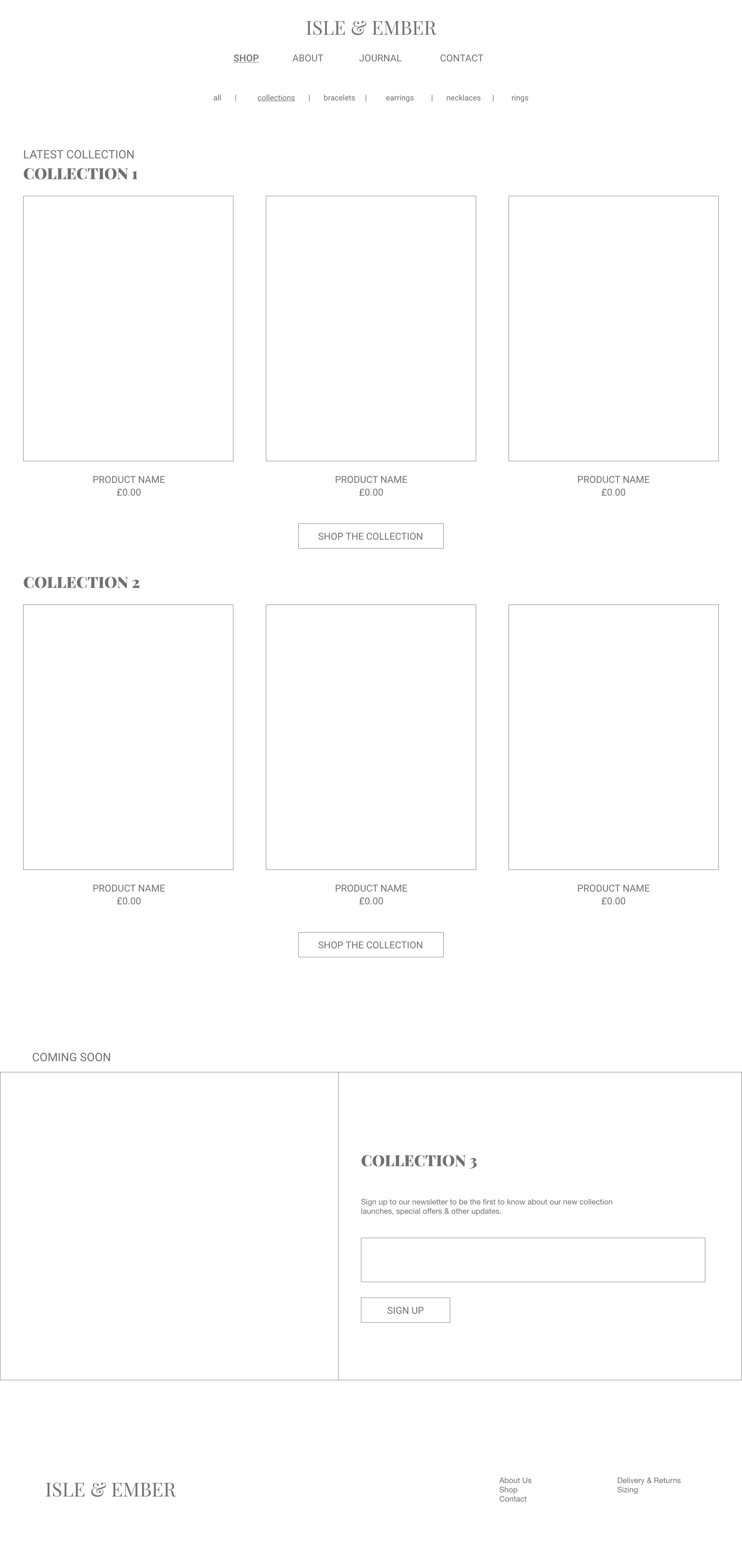



Work in progress of Adobe XD website prototype - Image placement and experimentation with fonts, layout and colour.
Adding transitions between artboards to the finalised prototype to enable the prototype to be interactive.











Letter Version 1 - Isle Green

Letter Version 2 - Ember Orange
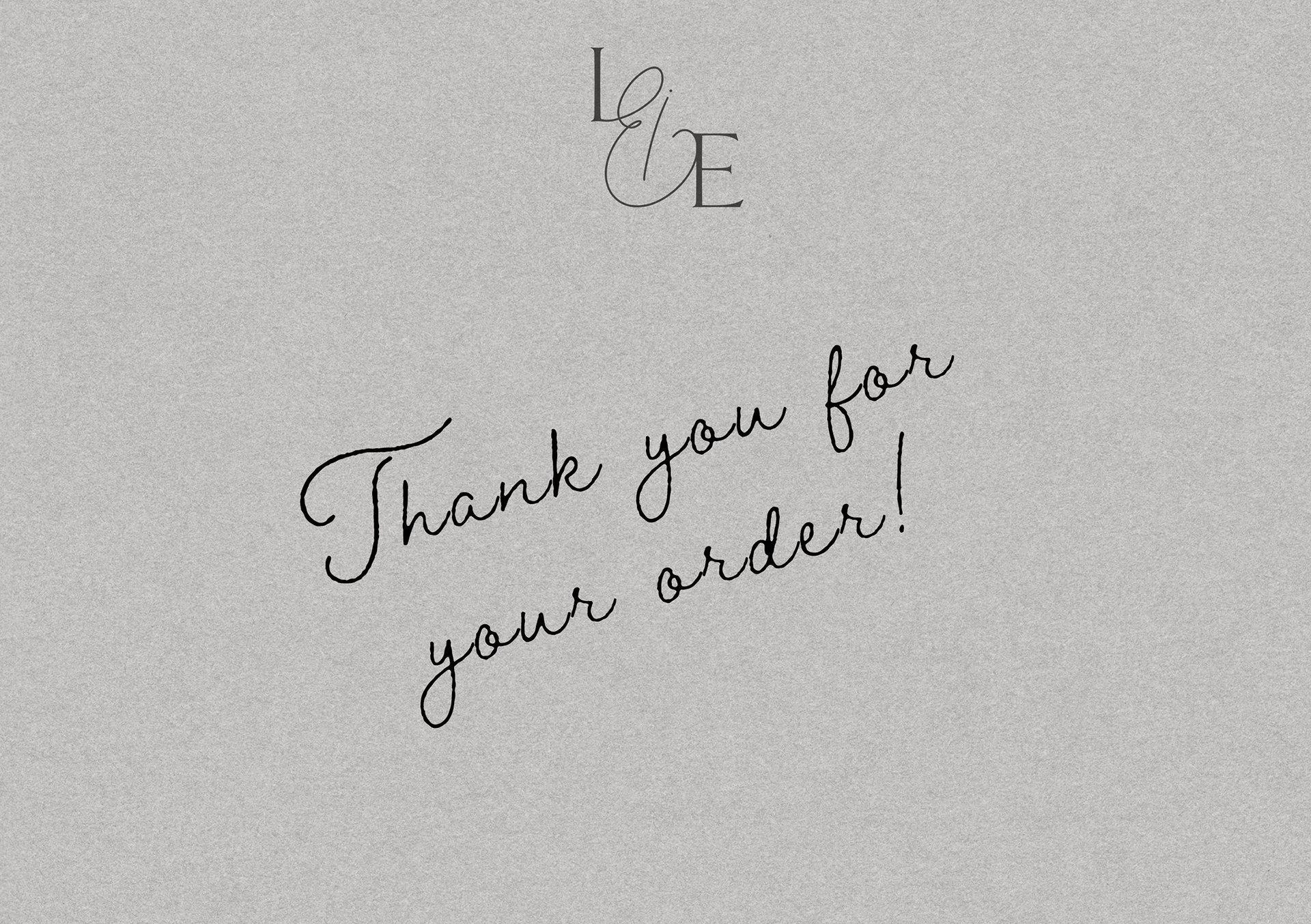
Packing note card - for handwritten messages or receipts of purchase

Business card (front) - Available in Isle Green or Ember Orange

Business card (back) - Potential to include embossing on emblem

Stickers - Isle Green and Ember orange versions

Bespoke envelope for PR purposes only

Embossed logo - Full version

